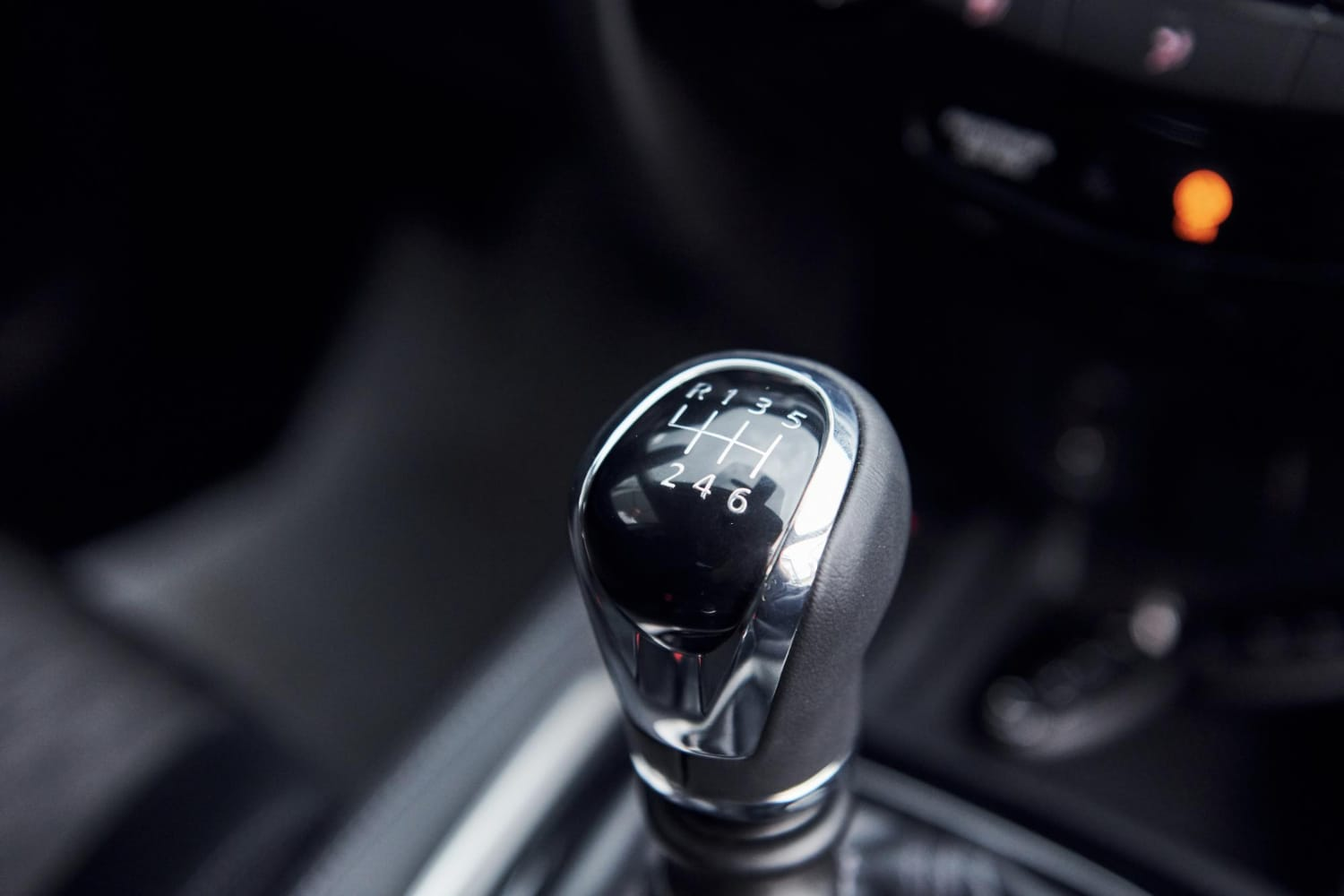
Collision avoidance systems (CAS) represent a critical advancement in automotive safety technology, leveraging sensors, cameras, radar, and sophisticated algorithms to prevent collisions or reduce their severity. This article explores the functionalities, benefits, challenges, and future trends of collision avoidance systems, highlighting their pivotal role in enhancing vehicle safety.

Understanding Collision Avoidance Systems (CAS):
Collision avoidance systems utilize various sensor technologies and algorithms to detect potential collision risks and intervene to mitigate or avoid accidents. These systems typically operate through sensors strategically placed around the vehicle, continuously monitoring the surroundings for potential hazards such as other vehicles, pedestrians, cyclists, or stationary objects.
Functionality and Features:
- Sensor Technologies:
- Radar: Radar sensors emit radio waves to detect objects and determine their distance, speed, and direction relative to the vehicle. Radar is effective in all weather conditions and provides reliable long-range detection capabilities.
- Cameras: Vision-based systems use cameras to capture images of the vehicle’s surroundings, enabling object recognition, lane detection, and traffic sign recognition. Cameras are essential for identifying pedestrians, cyclists, and traffic lights.
- Lidar: Lidar (Light Detection and Ranging) uses laser pulses to create high-resolution 3D maps of the environment, providing precise measurements of object distance and shape. Lidar enhances object detection accuracy, especially in complex urban environments.
- Collision Detection and Intervention:
- Forward Collision Warning (FCW): FCW systems alert drivers of imminent frontal collisions with audible, visual warnings or haptic feedback (such as seat vibrations). These warnings prompt drivers to take evasive action or apply brakes to avoid collisions.
- Automatic Emergency Braking (AEB): AEB systems automatically apply brakes when a collision risk is detected and the driver fails to respond promptly. AEB helps mitigate collisions or reduce their severity by reducing vehicle speed or bringing the vehicle to a complete stop if necessary.
- Pedestrian Detection: Advanced CAS include pedestrian detection capabilities, identifying pedestrians in the vehicle’s path and issuing warnings or initiating braking to prevent accidents.
Benefits of Collision Avoidance Systems:
- Enhanced Safety: CAS significantly reduce the risk of collisions by providing early warnings and proactive interventions to assist drivers in avoiding potential hazards. This improves overall vehicle safety for occupants, pedestrians, and cyclists.
- Accident Prevention: By monitoring the vehicle’s surroundings and predicting potential collision scenarios, CAS help prevent rear-end collisions, lane departure accidents, and collisions with vulnerable road users.
- Reduced Severity of Collisions: In situations where collisions are unavoidable, CAS mitigate collision severity by reducing vehicle speed or bringing the vehicle to a controlled stop, minimizing the impact and potential injury to occupants and others involved.
- Driver Assistance and Confidence: CAS systems enhance driver confidence and reduce stress by providing real-time alerts and support in challenging driving situations, such as heavy traffic, low visibility, or distracted driving conditions.
Challenges and Considerations:
- Sensor Limitations: CAS performance may be affected by adverse weather conditions (e.g., heavy rain, fog) or environmental factors that impair sensor visibility and accuracy. Regular sensor maintenance and calibration are essential to ensure optimal system functionality.
- Integration and Compatibility: CAS integration with other advanced driver-assistance systems (ADAS), such as lane departure warning and adaptive cruise control, requires seamless coordination to enhance overall vehicle safety and performance.
- Driver Understanding and Trust: Drivers must understand the limitations and capabilities of CAS systems to effectively utilize them and maintain situational awareness. Overreliance on automated systems without driver vigilance can compromise safety.
Future Trends in Collision Avoidance Systems:
- AI and Machine Learning: Future CAS will leverage AI algorithms and machine learning to improve object recognition, predict driver behavior, and adapt intervention strategies in real-time based on evolving road conditions and traffic scenarios.
- V2X Communication: Integration with vehicle-to-everything (V2X) communication networks will enable CAS to exchange data with other vehicles, infrastructure, and pedestrians, enhancing cooperative collision avoidance and proactive hazard mitigation.
- Sensor Fusion: Advancements in sensor fusion technology will integrate multiple sensor types (e.g., radar, cameras, lidar) to improve detection accuracy, reliability, and performance in diverse driving environments and challenging conditions.
Conclusion:
Collision avoidance systems (CAS) are pivotal in advancing automotive safety, utilizing sensors, cameras, radar, and sophisticated algorithms to detect potential collision risks and intervene to mitigate or prevent accidents.

As technology continues to evolve with AI integration, sensor fusion, and V2X communication, CAS will play a crucial role in enhancing vehicle safety, reducing collisions, and promoting safer driving experiences globally. Embracing innovation and addressing integration challenges will be key to unlocking the full potential of collision avoidance systems in modern vehicles and ensuring safer roads for all road users.





